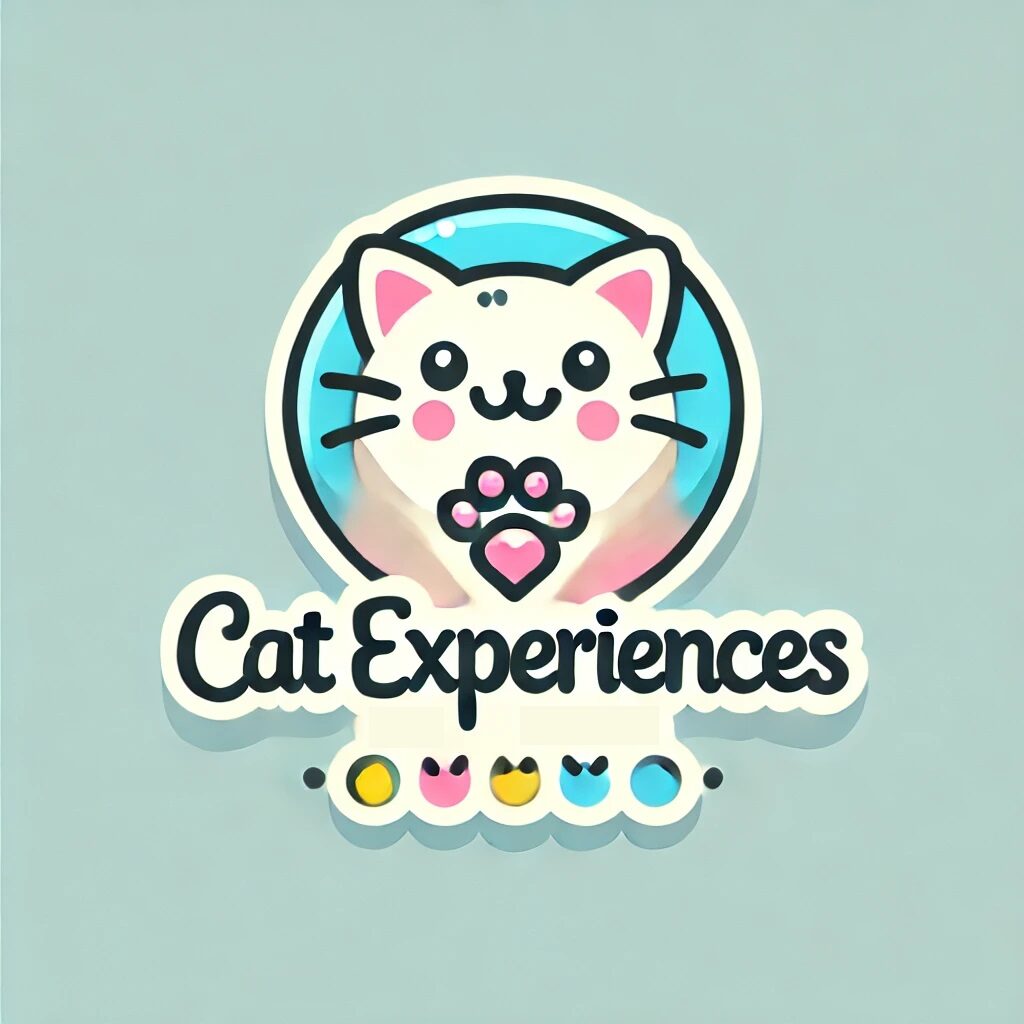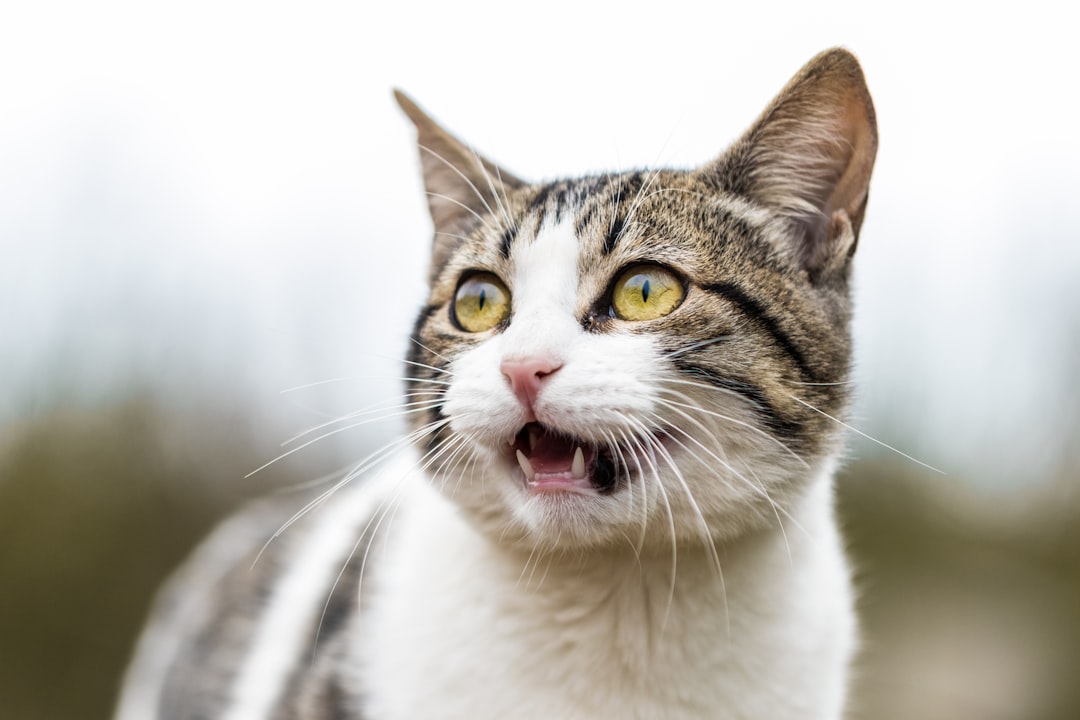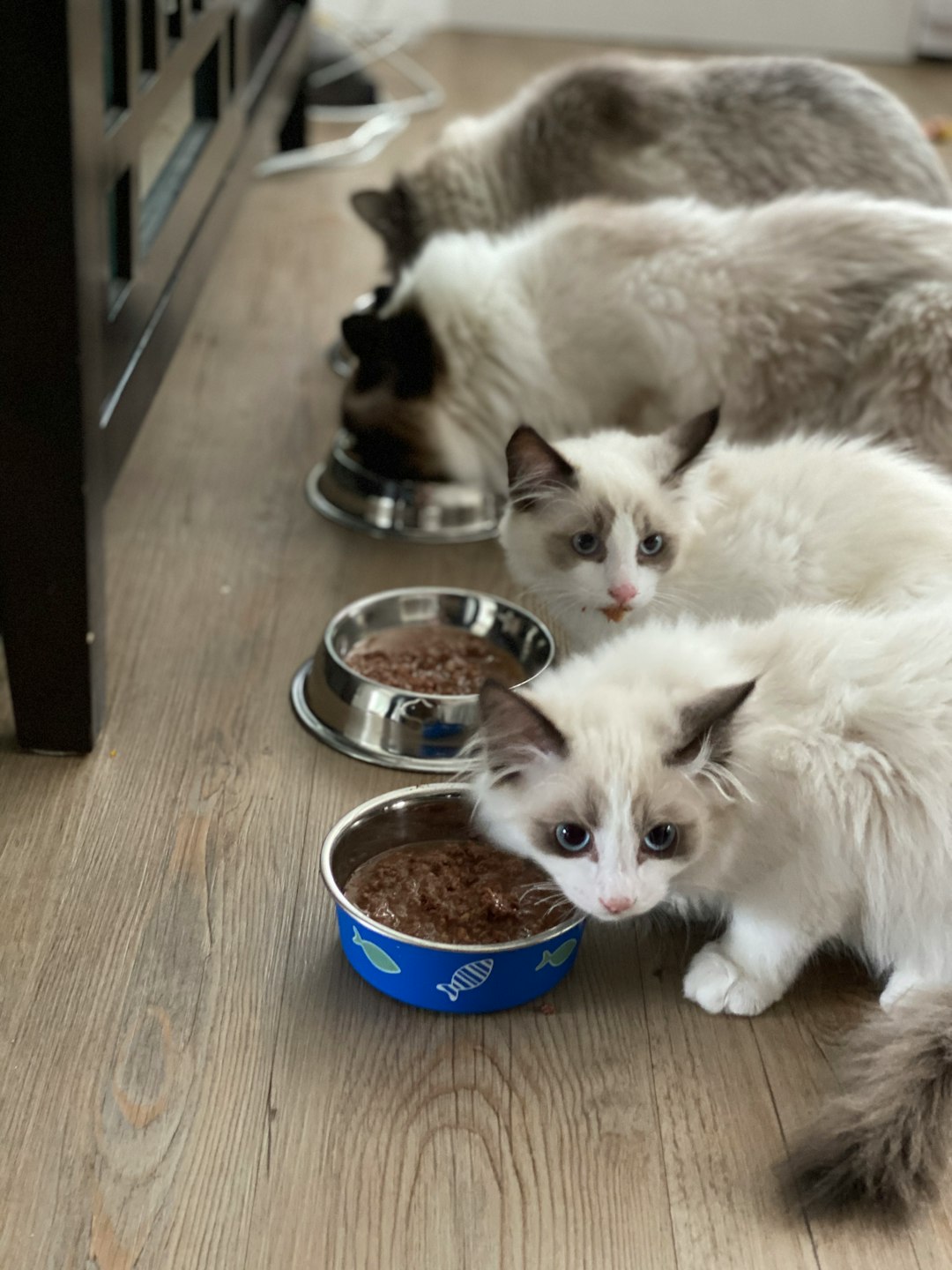Understanding your cat’s unique nutritional requirements is crucial for ensuring their overall health and happiness. Just like humans, cats have specific cat dietary needs that provide the foundation for a vibrant life. In this post, we will delve into the essential nutrients that promote a healthy feline lifestyle, including vital vitamins, minerals, and the often-overlooked importance of hydration. Additionally, we will explore the benefits and drawbacks of commercial cat foods versus homemade diets, address dietary management for special health conditions, and discuss the role of treats in your kitty’s nutrition. Finally, we’ll highlight the importance of consulting a veterinarian to create a tailored dietary plan, ensuring your beloved feline thrives in every stage of life.
Understanding Feline Nutrition
Why Nutrition Matters for Cats
Feline nutrition plays a crucial role in ensuring that your cat leads a long and healthy life. Proper nutrition not only supports their overall well-being but also helps in:
- Maintaining Healthy Weight: Prevents obesity-related diseases.
- Promoting a Shiny Coat: A balanced diet enhances skin and fur condition.
- Strengthening Immune System: Nutrients boost immunity and fight diseases.
- Supporting Digestive Health: Balanced diets improve gut health and prevent allergies.
Cats have specific dietary needs that must be met to achieve optimal health, as they are obligate carnivores. This means they require nutrients found primarily in animal products.
Different Dietary Requirements by Age
It’s essential to recognize that a cat’s dietary needs change as they age. Below is a table that highlights these differences:
| Life Stage | Key Nutritional Needs | Recommended Foods |
|---|---|---|
| Kittens | High protein, essential fatty acids, DHA | Kitten formula, high-protein diets |
| Adult Cats | Balanced protein, moderate fat, adequate fiber | High-quality commercial cat foods |
| Senior Cats | Easier digestibility, lower calories, glucosamine | Specialized senior cat formulas |
Understanding these dietary requirements allows pet owners to choose the most appropriate food and ensure that their feline friends receive all essential nutrients throughout their life stages. By considering age-appropriate diets, you lay a strong foundation for your cat’s health and happiness.
Essential Nutrients for Cats
Understanding the cat dietary needs is critical to ensuring your feline’s long-term health and vitality. Cats are obligate carnivores, which means that their dietary requirements are quite specific. Here’s a breakdown of the essential nutrients that should make up a cat’s diet:
Proteins: The Building Blocks of Health
Proteins are fundamental to a cat’s overall health. They play a vital role in:
- Tissue development: Essential for muscle growth and repair.
- Enzyme production: Necessary for metabolic processes.
- Immune function: Supports the immune system.
| Protein Sources | Benefits |
|---|---|
| Chicken or turkey | High-quality and digestible |
| Fish (like salmon) | Contains omega-3 fatty acids |
| Beef | Rich in essential amino acids |
Fats: Energy Sources and More
Fats provide the concentrated energy that cats require for their high-energy lifestyle. They are also crucial for:
- Healthy skin and coat: Fats help maintain a shiny, healthy fur coat.
- Nutrient absorption: Certain vitamins (A, D, E, K) require fat for absorption.
| Fat Sources | Benefits |
|---|---|
| Fish oil | Omega-3 fatty acids promote heart health |
| Chicken fat | Excellent energy source |
| Flaxseed oil | Plant-based omega-3 fatty acids |
Incorporating the right balance of proteins and fats into your cat’s diet will ensure that their cat dietary needs are thoroughly met, contributing to a healthier and happier life.
Vitamins and Minerals
Key Vitamins for Feline Wellness
Vitamins are crucial for maintaining your cat’s overall health and well-being. Each vitamin serves a unique function in supporting bodily processes, contributing to a happy and vibrant feline lifestyle. Some key vitamins include:
- Vitamin A: Essential for vision, immune function, and skin health. Cats can obtain this vitamin through animal tissues.
- Vitamin D: Aids in calcium absorption, which is vital for bone health. Unlike humans, cats require dietary sources for this vitamin.
- Vitamin E: Functions as an antioxidant, protecting cells from damage. It also supports skin health and immune function.
- B Vitamins: Includes B1 (thiamine), B2 (riboflavin), B3 (niacin), and more. These are crucial for energy metabolism and nerve function.
Importance of Minerals in a Cat’s Diet
In addition to cat dietary needs, minerals play a critical role in various physiological functions. Here’s a brief overview of essential minerals:
| Mineral | Function | Sources |
|---|---|---|
| Calcium | Vital for bones, teeth, and muscle function | Meat, fish, dairy |
| Phosphorus | Supports bone health and energy metabolism | Meat, poultry, fish |
| Potassium | Maintains fluid balance and supports nerve function | Meat, vegetables, fish |
| Magnesium | Important for muscle and nerve function | Meat, fish, seeds, nuts |
As you can see, ensuring your cat receives an adequate intake of both vitamins and minerals is essential for their overall health. Pay close attention to these nutrients when selecting commercial cat foods or creating homemade diets.
Hydration: The Overlooked Nutrient
Staying hydrated is crucial for any creature, including our beloved felines. While many cat owners focus on cat dietary needs such as proteins and vitamins, hydration often takes a back seat. Adequate water intake supports vital bodily functions, including digestion, nutrient absorption, and temperature regulation.
Signs of Dehydration in Cats
Recognizing dehydration early is key to maintaining your cat’s health. Here are some common signs to watch for:
- Lethargy: Low energy or reluctance to move.
- Dry Gums: Gums that feel sticky or dry to the touch.
- Skin Elasticity: If the skin does not spring back quickly when gently pulled, it may indicate dehydration.
- Reduced Urination: Noticeably less litter box use could be a red flag.
| Sign of Dehydration | Description |
|---|---|
| Lethargy | Lack of energy and activity |
| Dry Gums | Sticky or dry feeling in the mouth |
| Skin Elasticity | Skin does not return to place quickly when pulled |
| Reduced Urination | Less frequent visits to the litter box |
How to Ensure Your Cat Stays Hydrated
Keeping your cat hydrated is simple with the right strategies:
- Fresh Water Access: Always provide clean, fresh water daily.
- Wet Food Diet: Incorporate wet or canned food into their meals, as it contains more moisture than dry kibble.
- Water Fountains: Cats are often attracted to moving water; a pet water fountain can stimulate their interest in drinking.
- Ice Cubes: Some cats enjoy playing with and licking ice cubes, which can also increase their water intake.
By paying attention to both dietary and hydration needs, you can support your cat’s overall health and well-being.
Commercial Cat Foods: Pros and Cons
Commercial cat foods are a convenient way for pet owners to meet their feline companions’ cat dietary needs. However, choosing the right food brings its own set of advantages and disadvantages.
Types of Commercial Cat Foods
When considering commercial food options, understand the different types available:
- Dry Kibble: Generally more affordable and convenient. Good for dental health due to its crunchy texture.
- Wet/Canned Food: Higher moisture content, which can help with hydration. Also more palatable for picky eaters.
- Semi-Moist: Offers a balance between dry and wet but may contain more sugar and preservatives.
- Raw Diets: Commercial raw options are now available, mimicking a cat’s natural diet. Caution is advised to ensure they are balanced and safe.
Reading Labels: What to Look For
Understanding labels is essential for making informed choices. Here’s a breakdown of key components to check:
| Category | What to Look For |
|---|---|
| Protein Source | Should be the first ingredient (e.g., chicken, fish) – essential for muscle maintenance. |
| Taurine | An essential amino acid crucial for heart and vision health. |
| Fat Content | Healthy fats from animal sources support fur and skin health. |
| Vitamins and Minerals | A balanced formula should include a variety of vitamins and minerals necessary for overall health. |
| Additives | Avoid artificial colors, flavors, and preservatives, opting for natural ingredients whenever possible. |
By examining commercial cat foods thoroughly, you can ensure that your feline receives a balanced diet that supports their overall health and wellness.
Homemade Diets for Cats
Creating homemade meals for your feline friend can be a rewarding experience, but it requires careful thought and planning to ensure their cat dietary needs are fully met. Below, we explore the benefits and potential pitfalls of homemade diets.
Benefits of Preparing Homemade Meals
- Control Over Ingredients: You know exactly what goes into your cat’s food, reducing the risk of harmful additives or allergens.
- Customization: Tailor meals to your cat’s preferences and nutritional requirements, which can be beneficial for picky eaters.
- Freshness: Homemade meals typically use fresh ingredients, which can enhance flavor and palatability.
- Bonding Opportunity: Cooking for your cat can strengthen your bond as you take an active role in their nutrition.
Common Mistakes in Homemade Cat Diets
While homemade diets have their advantages, there are several common pitfalls:
- Nutritional Imbalance: Cats require specific nutrients that may be missing from an unbalanced homemade diet. Always consult veterinary resources for guidance on nutrient ratios.
- Inadequate Protein Sources: Cats are obligate carnivores needing high-quality protein. Not including sufficient meat can lead to health issues.
- Ignoring Supplements: Essential vitamins and minerals might need to be added. Failing to include these can compromise your cat’s health.
| Nutrient | Recommended Sources | Common Deficiency |
|---|---|---|
| Protein | Fish, chicken, turkey | Muscle wasting, lethargy |
| Taurine | Meat, especially organ meats | Heart disease |
| Omega-3 Fatty Acids | Fish oil, flaxseed oil | Skin issues, inflammation |
| Vitamin A | Liver, fish | Vision problems |
Being informed and diligent when preparing homemade meals for your cat ensures that their cat dietary needs are met effectively.
Managing Dietary Needs for Special Conditions
Understanding Food Allergies in Cats
Food allergies in cats can be a significant concern, manifesting through various symptoms such as:
- Itchy skin or dermatitis
- Gastrointestinal issues like vomiting or diarrhea
- Behavioral changes due to discomfort
Identifying triggers is essential. Consider the following steps to manage food allergies:
- Consult a veterinarian for proper diagnosis.
- Conduct an elimination diet to pinpoint allergens.
- Transition to a hypoallergenic diet if needed.
Feeding Cats with Health Issues
Specific health issues often require tailored diets to ensure the wellbeing of your feline friend. Here’s a brief overview of conditions and their dietary considerations:
| Health Condition | Dietary Needs |
|---|---|
| Diabetes | High-protein, low-carbohydrate foods to manage blood sugar. |
| Kidney Disease | Low-protein, low-phosphorus diets to reduce strain on kidneys. |
| Obesity | Caloric restriction with high-fiber options to promote satiety. |
| Hyperthyroidism | Specially formulated diets that can help reduce symptoms. |
When managing cat dietary needs, it’s crucial to monitor for any changes in your cat’s health and adapt as necessary. Always ensure that any diet modifications are made in consultation with a veterinarian to maintain your cat’s health while catering to their unique needs.
The Role of Treats in a Cat’s Diet
Cats, like humans, enjoy occasional treats, and they can serve more than just as a reward. When incorporated thoughtfully, treats can enhance cat dietary needs by providing variety and enrichment.
Choosing Healthy Treat Options
When selecting treats for your feline friend, consider the following criteria to ensure they contribute positively to their diet:
- Nutritional Value: Look for treats that are rich in essential nutrients such as protein and healthy fats. Avoid those high in fillers, artificial preservatives, and sugars.
- Ingredients: Choose treats with real meat, fish, or poultry as the primary ingredient. Natural ingredients indicate a more wholesome choice.
- Size and Texture: Select appropriately sized treats for your cat’s breed and age. Changing textures can stimulate dental health and encourage play.
Examples of Healthy Treats:
| Type of Treat | Nutritional Benefit | Considerations |
|---|---|---|
| Freeze-Dried Meats | High protein, low carb | Watch out for sodium content |
| Catnip Toys | Provides mental stimulation and enjoyment | Ensure it’s made from safe materials |
| Soft Chews | Dental health benefits | Monitor for allergies |
Limiting Treats: Balance is Key
While treats can be enjoyable, moderation is crucial. Here are some tips for balancing treats within your cat’s diet:
- Portion Control: Treats should comprise no more than 10% of your cat’s daily calorie intake. Use a measuring cup to keep portions in check.
- Routine Schedule: Set a specific time for treats, such as during training sessions or as a reward for good behavior. This will maintain their value and ensure they don’t become overindulged.
- Health Considerations: Adjust treat allowances based on your cat’s health, age, and activity level. Consulting a veterinarian can provide personalized recommendations to align with their cat dietary needs.
By thoughtfully choosing and limiting treats, you can enhance your cat’s overall health and happiness.
Consulting a Veterinarian for Dietary Guidance
When to Seek Professional Advice
As a responsible cat owner, it’s crucial to recognize when it’s time to consult a veterinarian regarding your feline companion’s dietary needs. Here are some scenarios where professional advice is imperative:
- Weight Management Issues: If your cat is overweight or underweight, a vet can help establish a balanced plan.
- Age-Specific Needs: Kittens and senior cats have distinct nutritional needs that may require specialized diets.
- Health Conditions: Cats with diabetes, kidney disease, or allergies may need tailored dietary strategies.
- Digestive Problems: Persistent vomiting, diarrhea, or other digestive issues warrant a thorough dietary review.
Tailoring Diet Plans for Individual Needs
Every cat is unique, making it essential to personalize their diet according to their specific characteristics. Here are some considerations your veterinarian will analyze:
| Factor | Consideration |
|---|---|
| Age | Kittens require more protein than adults. |
| Activity Level | Active cats might need higher calories. |
| Breed | Certain breeds have predispositions for health issues. |
| Medical History | Previous health issues dictate dietary requirements. |
| Lifestyle | Indoor cats may need fewer calories than outdoor cats. |
Consulting a veterinarian not only helps address cat dietary needs, but also fosters long-term health and wellness. They use their expertise to determine the appropriate balance of proteins, fats, and carbohydrates tailored specifically for your furry friend. Always remember, a well-informed owner contributes significantly to their cat’s well-being!
Frequently Asked Questions
What are the essential nutrients needed in a cat’s diet?
Cats require a balanced diet that includes essential nutrients such as proteins, fats, vitamins, minerals, and water. Proteins, primarily derived from animal sources, are crucial for tissue repair and growth. Fats supply energy and support healthy skin and coat. Vitamins, like A, D, E, and K, along with minerals such as calcium and phosphorus, play vital roles in bodily functions, including immune response and bone health. Adequate hydration is equally important to maintain overall health.
How much protein should my cat’s diet contain?
A high-protein diet is critical for cats, as they are obligate carnivores. Adult cats generally require approximately 26-30% of their total daily calorie intake to come from protein. This is necessary for muscle maintenance, energy provision, and overall body function. The protein should ideally come from high-quality animal sources, such as chicken, fish, or turkey, to meet their amino acid requirements and promote a healthy lifestyle.
Can cats be vegetarian or vegan?
While some pet owners may consider a vegetarian or vegan diet for their cats, it is generally not recommended. Cats are obligate carnivores, meaning they require nutrients primarily found in animal tissues. Essential amino acids like taurine, arachidonic acid, and vitamin A are vital for a cat’s health and can primarily be found in animal products. A strictly vegetarian or vegan diet can lead to severe health issues over time due to nutrient deficiencies.
How important is hydration for my cat?
Hydration is extremely important for a cat’s well-being. Cats are naturally low drinkers; therefore, it is important to encourage adequate water intake to prevent urinary tract diseases and support kidney function. This can be supplemented through wet food, which typically contains about 70% water, or providing a constant source of fresh, clean water. Additionally, some cats may be more inclined to drink from cat fountains, which can entice them to hydrate more effectively.
What role do vitamins and minerals play in a cat’s diet?
Vitamins and minerals are essential micronutrients that support various functions in a cat’s body. They help regulate metabolism, facilitate cell function, and strengthen the immune system. Key vitamins, such as B vitamins, are vital for energy metabolism, while vitamin A is crucial for vision and skin health. Minerals like calcium and phosphorus are fundamental in developing strong bones and teeth. Providing a balanced diet that meets these vitamin and mineral requirements is vital for your cat’s overall health.



